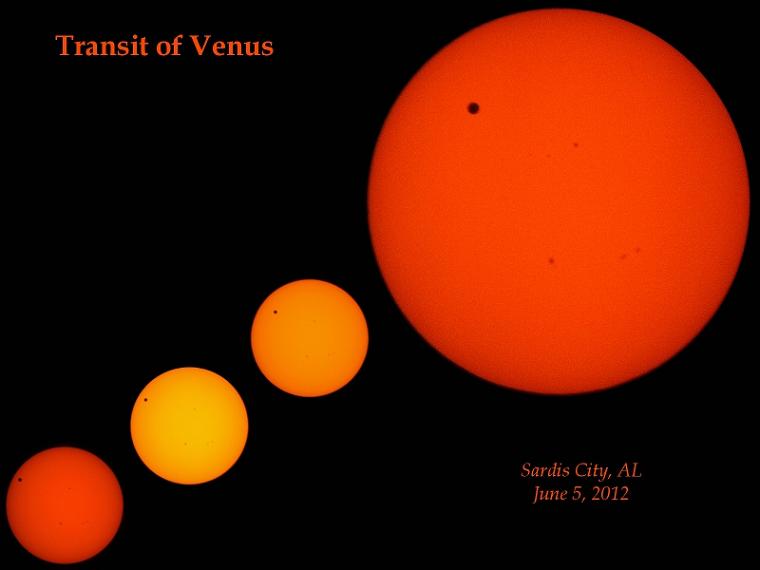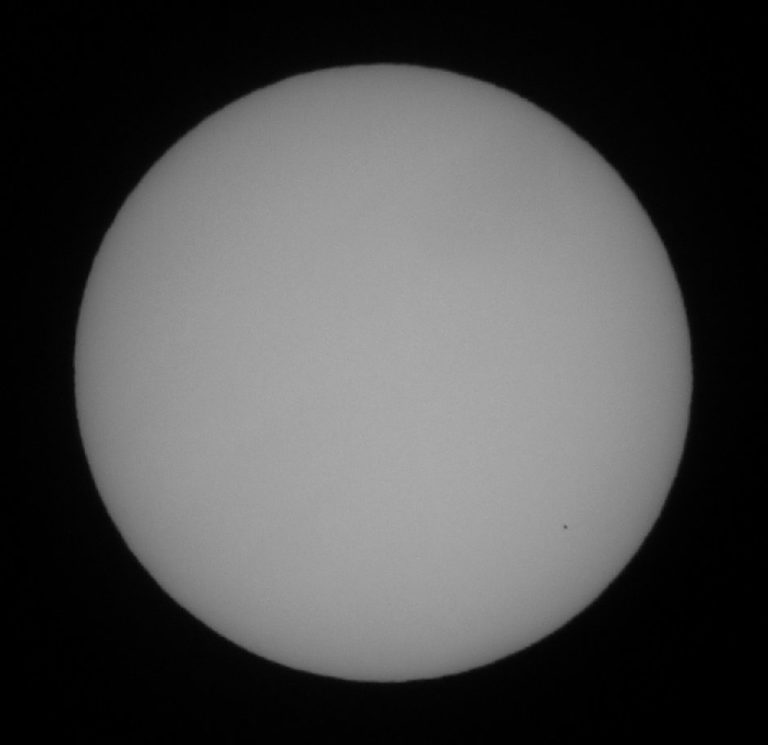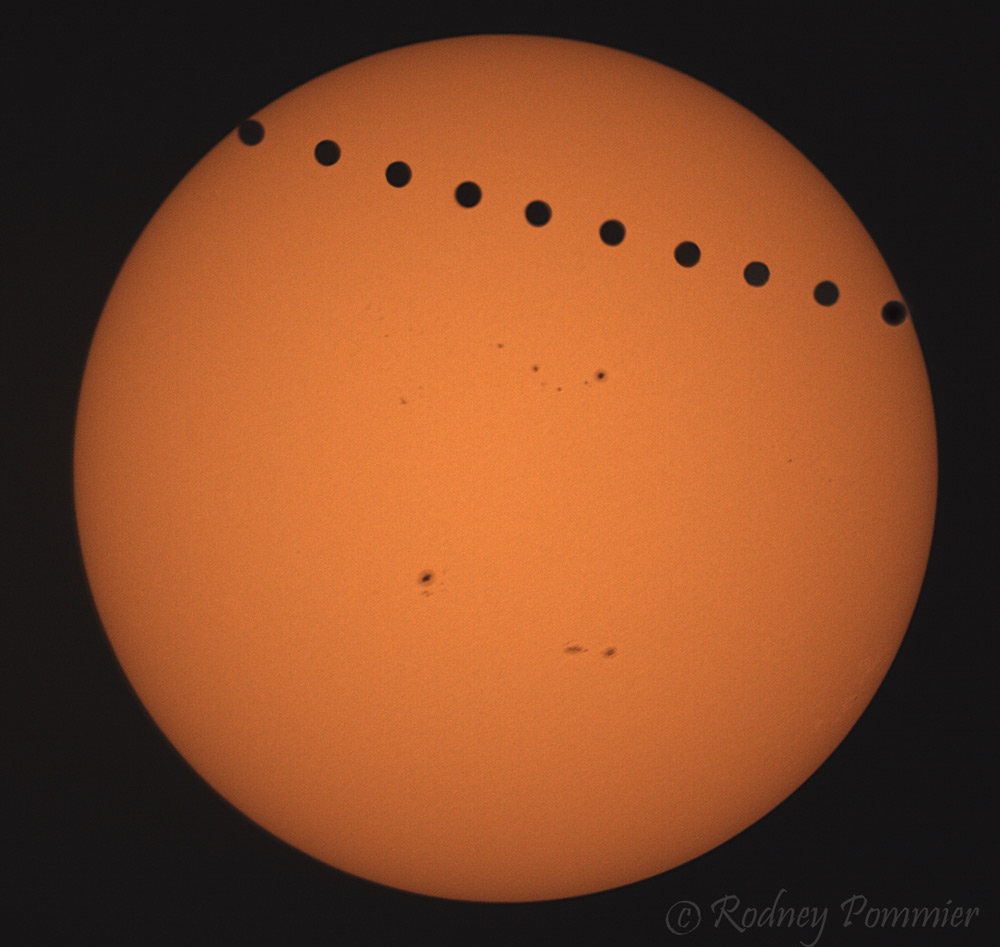
The black drop effect was initially believed to be caused by Venus' thick atmosphere. In the past, observers watching Venus transits have reported seeing a small black shape of a teardrop, which appears to connect the blackened disk of Venus to the visual edge of the Sun. Astronomers all over Europe prepared to observe the event, but due to bad weather, only French astronomer Pierre Gassendi (1592–1655) was able to see this transit, the year after Kepler died. The next Mercury transit he predicted would take place on November 7, 1631, but he did not live to see it happen.

When astronomers later discovered sunspots using telescopes, Kepler realized his mistake and published a retraction.

But at the time, European astronomers were not aware of these imperfections on the Sun and explained them as planet transits. On May 28, 1607, Kepler did observe a black spot on the Sun using a makeshift camera obscura. German astronomer Johannes Kepler (1571–1630) first predicted that a Mercury transit would take place at the end of May 1607. Before 1585, they occurred in April and October. Transits of Mercury are gradually shifting to later in the year. This is also why Mercury appears a fraction larger during May transits. This is because during a May transit, Mercury is close to aphelion – furthest away from the Sun – whereas during a November transit, it is closest to the Sun, at perihelion. The November transits occur about twice as often as May ones. Transits of Mercury this century can happen May 7–10 and November 7–14. However, Venus transits are even rarer with only two this century, in 20. How Often Do They Happen?įrom 2000–2199, there will be 27 transits of Mercury.

You can seriously hurt your eyes and even go blind.Īnywhere the Sun is up while it is in progress, people have a chance to see Mercury make its transit across the Sun's disk, weather permitting, of course. Never look directly at the Sun without proper eye protection. (Illustration not to scale.)īecause Mercury is so small and far away from Earth, you need a telescope or binoculars with a proper Sun filter to see it.


 0 kommentar(er)
0 kommentar(er)
